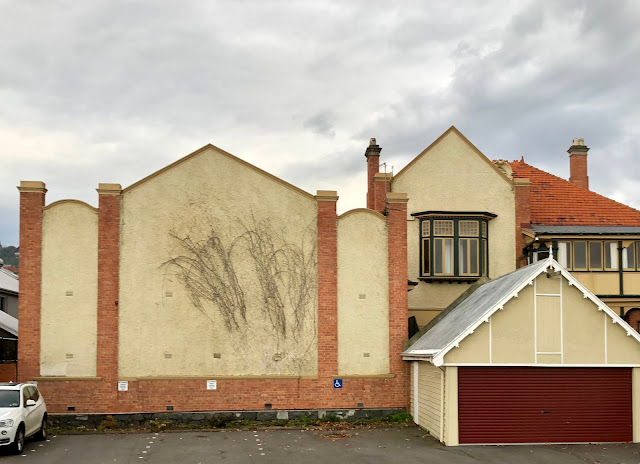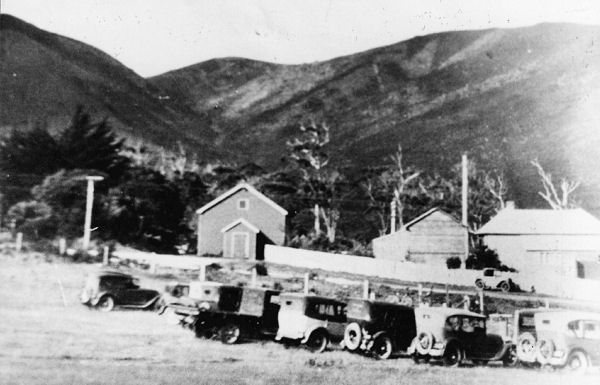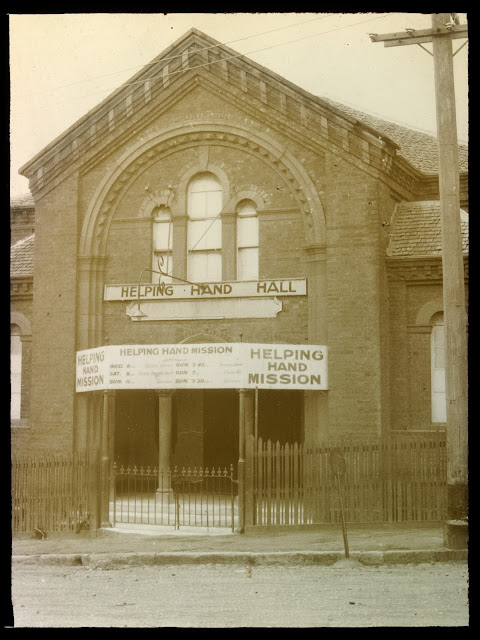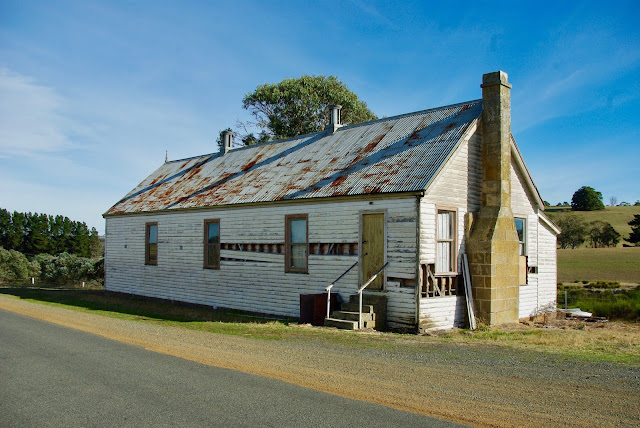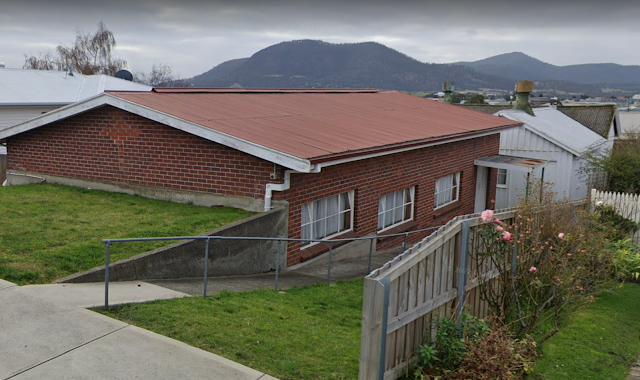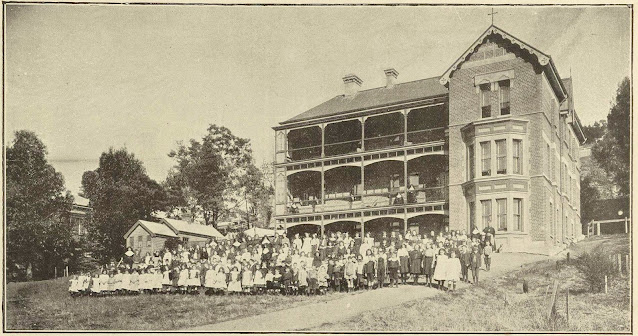No. 1366 - Torquay (East Devonport) - St Mary's Church and School (1863)

Before the official proclamation of the town of Devonport in 1890, two seperate townships developed on either side of the Mersey River; Torquay on the east and Formby on the west. Of the two towns Torquay was initially the most developed. East of Torquay farmers settled along the coast from North Down to Port Sorrel and in 1851 the discovery of coal at Tarleton initiated a period of growth for the town. Provision was made for an Anglican Church at Torquay in 1853, two years after the township was surveyed. Six acres of land was reserved for a church, rectory, school and burial ground. The earliest report of an Anglican service at Torquay is recorded in The Colonial Times which mentions Bishop Nixon preaching there in November 1854. In the early 1860s a Music Hall was leased for “church and [Sunday] school purposes”. Early efforts to build a church were met with delays. In March 1861. The Cornwall Chronicle reported: “The erection of a Place of Worship for Members of the church of Engla...
